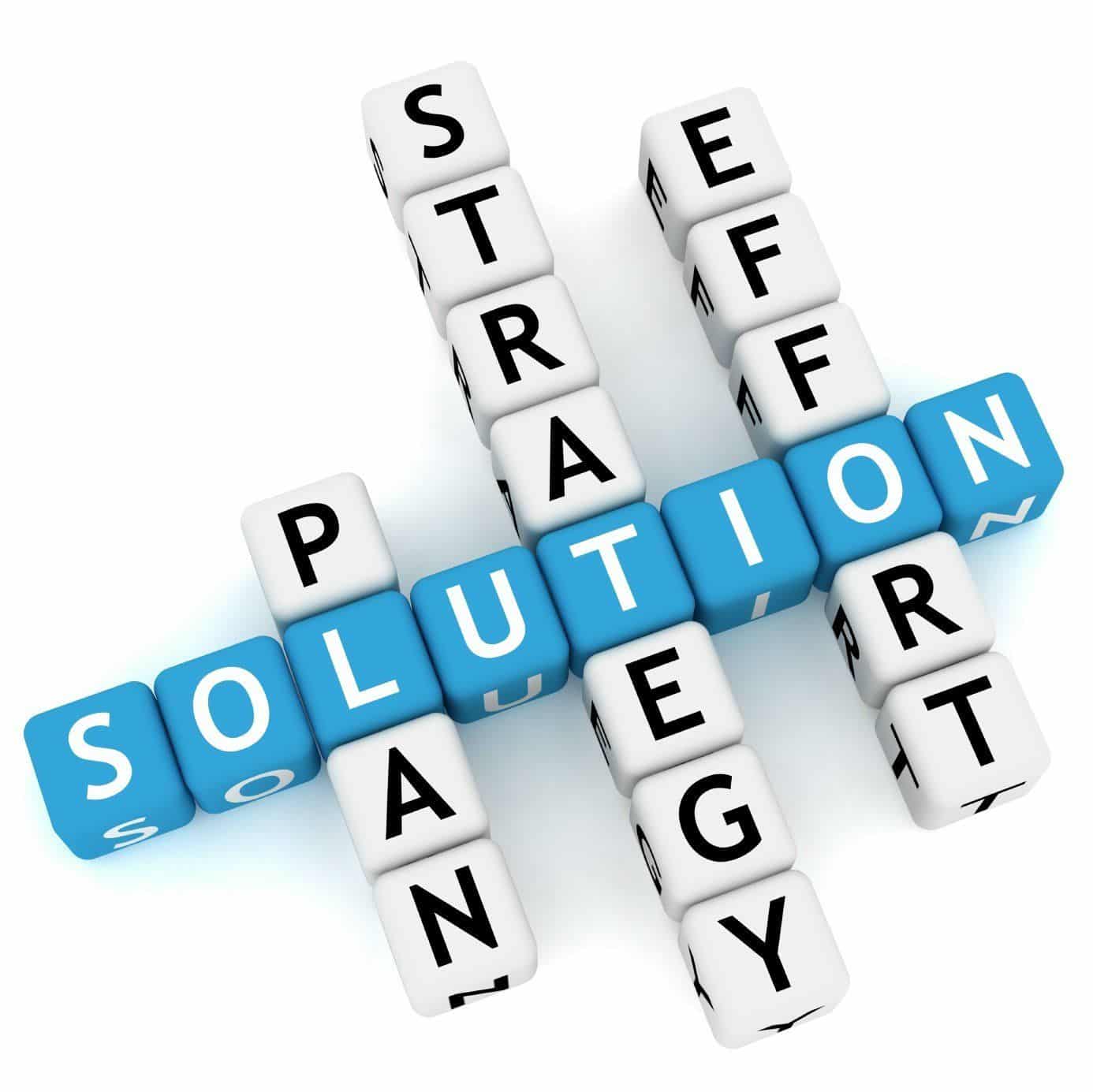There’s something truly exhilarating about navigating the intricate corridors of the human mind, don’t you think? Rather than relying on the predictable jump scares and bloody scenes of traditional slasher films, psychological horror is emerging as a captivating leader in the genre. This fresh wave compels us to confront not only the monsters hiding in our closets but also the darker demons that dwell within us. As filmmakers invite us into the tumultuous lives of complex characters grappling with their inner demons, we are discovering stories that resonate with our own experiences like never before.
Take films such as “Hereditary” and “Midsommar,” which exemplify this evolution in storytelling, drawing audiences into not just chilling plots but also profound emotional journeys. We are likely to witness a surge of narratives that delve into the delicate threads of mental health and the complexities of human relationships. After all, there’s a unique kind of chill that comes from the fear of our own psyche! For a more complete learning experience, we recommend visiting HellHorror.com New Horror Movies. You’ll uncover more pertinent details related to the topic covered.
Virtual Reality and Immersion
As technology reshapes our everyday lives, its influence on horror is particularly striking. Virtual reality (VR) is redefining the landscape, allowing horror enthusiasts to immerse themselves directly into nightmarish realms. Picture this: you don your headset and suddenly find yourself in an eerie, abandoned house, each creak of the floorboards and distant whisper heightening your senses. When you physically turn to confront the source of your fear lurking in the shadows, that’s an adrenaline rush like no other!
VR experiences, such as “The Walking Dead: Saints & Sinners,” have already begun to carve unique paths within this immersive realm. They craft interactive environments that amplify tension and fear in a groundbreaking manner. With new technologies like augmented reality emerging on the horizon, the line between our everyday reality and the terrors of fiction continues to blur. It’s an exciting—and terrifying—prospect!
Reimagining Classic Monsters
As the years go by, our narratives surrounding classic monsters continue to evolve. The vampiric figures, the shambling zombies, and the howling werewolves of yesteryears are being reinterpreted for a modern audience. This innovative approach revitalizes these timeless tales, granting creators the opportunity to explore themes that resonate deeply amidst contemporary societal conversations. These creatures are no longer mere antagonists; they have become embodiments of our collective fears and reflections of intricate cultural dialogues.
This resurgence of classic monsters within fresh narratives doesn’t simply cater to nostalgia; it encourages us to forge deeper connections with the characters. We’re now seeing films that dive into their histories, motivations, and vulnerabilities, fostering essential conversations about empathy and understanding.
The Rise of Diverse Voices
In a remarkable transformation, the horror genre is becoming a vital platform for diverse voices, showcasing fresh perspectives and previously overlooked stories. Horror possesses a unique capability to confront societal issues, and as filmmakers and writers from various backgrounds begin sharing their experiences, the genre diversifies to present narratives that mirror our society.
From films like “Candyman,” which revisits race and trauma, to series such as “Lovecraft Country,” which unpacks systemic racism through an engaging horror lens, the storytelling landscape is expanding appreciably. Audiences increasingly crave narratives that speak to their realities, and this trend is gaining traction. It’s truly inspiring to witness the genre evolving, opening avenues for new audiences and storytelling forms.
Interactive Storytelling and Community Engagement
Horror is no longer confined to screens—it’s transforming into an interactive experience. One of the most exciting trends is the rise of interactive storytelling, where audiences are not just passive spectators but active participants in the unfolding narrative. Projects like “Bandersnatch” from “Black Mirror” have pioneered this innovative format, granting viewers the power to make choices that steer the story’s direction.
This level of interactivity revolutionizes the way tales are told and experienced. However, the trend extends beyond film; community engagement via social media, podcasts, and live events is nurturing connections among horror fans, significantly enhancing the overall experience.
Imagine taking part in a live-streamed horror investigation, deciphering mysteries alongside your favorite horror creators, or even joining a community ghost hunt—this is the thrilling future of horror, where friendships blossom amid shared fears and exhilarating moments! For a comprehensive grasp of the subject, we suggest this external source providing extra and pertinent details. simply click the following website page, immerse yourself further in the topic and uncover fresh viewpoints!
Conclusion
As we peer into the murky depths of horror’s future, one thing becomes clear: change is coming. Innovative storytelling, groundbreaking technologies, and a cultural shift toward inclusivity are charting a path toward a landscape rich in creativity and connection. With every scream, jump scare, and whispered fear, we are not merely entertained—we are also united and challenged, growing with the genre into a more profound shared experience. Buckle up, fellow horror enthusiasts—the best is yet to come!
Deepen your understanding of the topic with the related posts we suggest to complement your reading:



